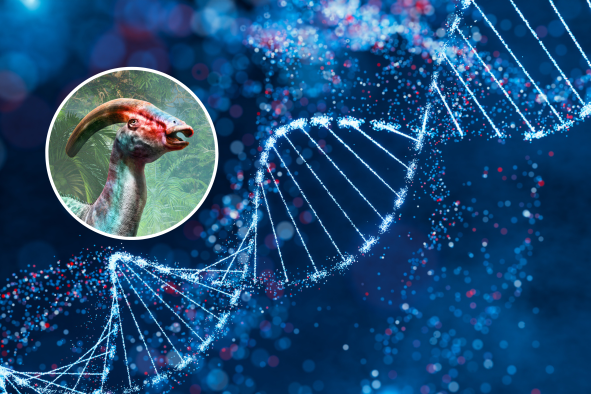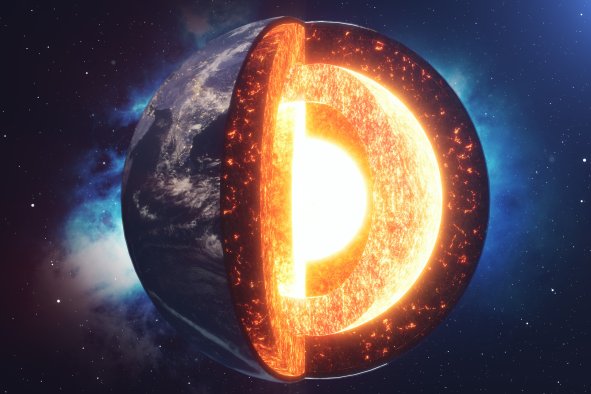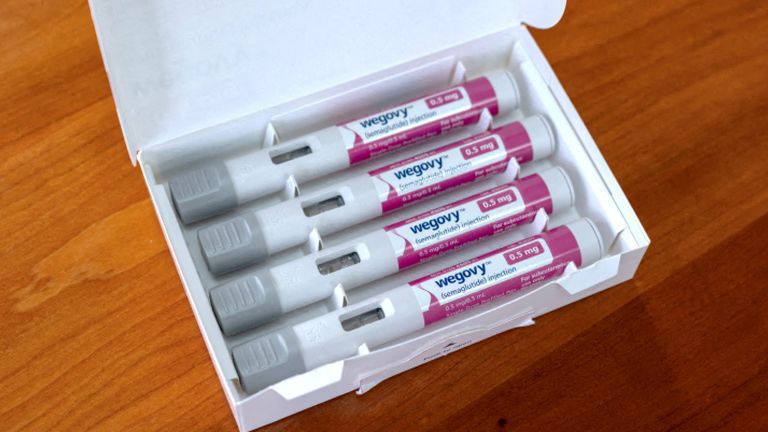Scientists have found a way to produce "plasma fireballs" just like those made by black holes—but here on Earth.
The immensely powerful beam of plasma produced by the scientists—using the Super Proton Synchrotron (SPS) accelerator at the European Organisation for Nuclear Research (CERN)—contained 300 billion protons, enough to start behaving like the plasma around a real black hole, according to a new paper in the journal Nature Communications.
This breakthrough could allow researchers to unravel the secrets of the bursts of gamma rays and powerful jets released by black holes around the universe.
"This opens up an entirely new frontier in laboratory astrophysics by making it possible to experimentally probe the microphysics of gamma-ray bursts or active galactic nuclei jets," study lead author Charles Arrowsmith, a physicist at the University of Oxford, said in a statement.
Black holes are some of the densest objects in the universe, with a gravitational pull that not even light can escape once it gets close enough. Plasma is a state of matter where gas is ionized, meaning it consists of free electrons and ions. Some black holes, particularly those with high rotational speeds, can produce powerful jets of plasma—made up of electrons and their antimatter form positrons—that are expelled at nearly the speed of light. These jets are launched from the regions near the black hole's poles and are believed to be powered by the black hole's magnetic fields and rotational energy.
For the very first time, the researchers created high-density plasma beams consisting of about 10 trillion electron-positron pairs, which behave like a true plasma with wave-like properties.
"The laboratory generation of plasma 'fireballs' composed of matter, antimatter, and photons is a research goal at the forefront of high-energy-density science," Arrowsmith said. "But the experimental difficulty of producing electron-positron pairs in sufficiently high numbers has, to this point, limited our understanding to purely theoretical studies."
The researchers hope that this achievement may help scientists to better understand the physics of gamma-ray bursts and the supermassive black holes found at the center of most galaxies.
"Satellite and ground-based telescopes are not able to resolve the smallest details of distant gamma-ray bursts and active galactic nuclei outflows, and so far we could only rely on numerical simulations," study author Gianluca Gregori, a professor of astrophysics at the University of Oxford, said in the statement. "This new approach will now enable us to test the predictions of sophisticated theoretical calculations, for instance to validate how cosmic fireballs interact with the interstellar plasma that exists between stars."
Do you have a tip on a science story that Newsweek should be covering? Do you have a question about plasma? Let us know via science@newsweek.com.
Disclaimer: The copyright of this article belongs to the original author. Reposting this article is solely for the purpose of information dissemination and does not constitute any investment advice. If there is any infringement, please contact us immediately. We will make corrections or deletions as necessary. Thank you.



